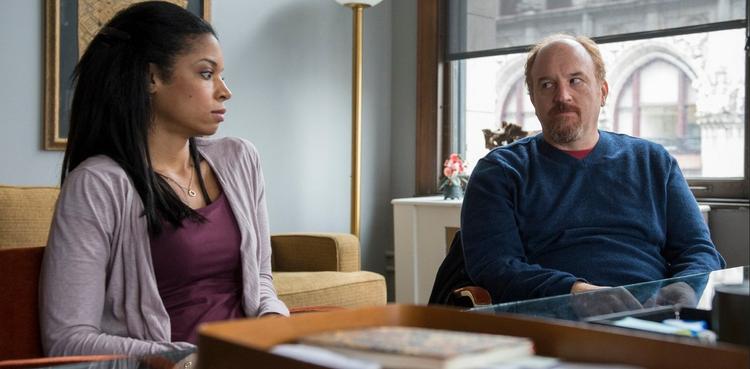First published in Daily Life, April 2015
The greatest myth about progress that it’s measured rather than felt.
There’s a reason we feel joy at the prospect of using dark-skinned emoji in a text message, or a like a weight is lifted when Olivia Pope’s affair with president Fitzgerald Grant onScandal raises questions because Fitzgerald is married (not because Pope is black), but a job ad asking for diverse candidates can leave us oddly unmoved.
It’s easier to celebrate the things we can see and feel rather than the things we can count. When we imagine a post-racial world, it’s one in which skin colour means next to nothing.
Christelyn Karazin subscribes to this theory. Last year, the African-American interracial dating expert and author of Swirling: How to Date, Mate and Relate Mixing Race, Culture and Creed, launched Swirlr, a dating website and web series intent on proving that hooking up with someone who doesn’t look like you is the fastest way to assert control over your love life and expand your romantic horizons.
When Louis C.K. revealed in season four of Louie that the mother of his two blonde daughters was a blackwoman played by Susan Kelechi Watson, it was considered further proof of the show’s groundbreaking power. In a 2013 Salon essay, Roxane Gay (who recalls a bigot once spitting in her path when she strolled down a Montreal street with a white boyfriend) describes relief at watching a Cheerios ad in which a biracial girl covers her black father with cereal in a cute attempt to lower his cholesterol intake.
“It has been really comforting to see so many interracial families and families of colour being represented, being seen. That comfort rises out of seeing more evidence, on television, of the world as it really is, not hopelessly trapped in how it once was,” she writes.
We don’t have to look far to work out why tiny victories can feel so big.
In a November 2011 op-ed for The Sydney Morning Herald, Finance Minister Penny Wong highlighted the ways in which the White Australia Policy gave rise to the view that interracial partnerships were the cause of “racial contamination”. This belief was even more corrosive in the US, where miscegenation was considered a criminal offence until after 1967 – and the last ban on interracial marriages was lifted as recently as November 2000 in Alabama.
Few things are a more potent symbol that we’re slipping away from this toxic history than openness to partnering up with someone from another race. In November 2013, aUniversity of California study on online dating habits discovered racial segregation on websites such as OkCupid had nothing to do with desire and everything to do with users’ fear someone from another background wouldn’t find them attractive. In 2013 SBSreported interracial coupling rates for non-white Australians jumped 60 per cent or more by the third generation.
But although this uptake in “swirling” suggests that romantic connection is less subject to age-old prejudice (or ruled by fetish, depending on whether you’re a pessimist or an optimist), it’s more interesting to consider this from the perspective of someone nonwhite. If dating someone from your own race confirms the notion that “nonwhite culture is assumed to be rooted in instinct” but “white culture is one of intent,” as Ayesha Siddiqi puts it in her excellent essay for The New Inquiry ‘Can the white girl twerk?‘, then diverting from this can feel like a radical act.
However, “swirl” conjures images of chocolate melting into vanilla – and this is where ice cream metaphors fall horribly short. On her high-traffic dating site Beyond Black & White, Karazin (who’s happily married to a white man) makes the case for “swirling” based on statistics that are the product of systemic inequalities, such as low marriage rates between African-Americans. Swirlr, which is about as edgy as an episode of Joe Millionaire, features awkward bowling dates in which spirited women named Quintana gravitate towards brooding jocks called Rocky.
Karazin’s app might ask us to “date different” but her project still reflects a culture that uses the language of cosmopolitanism to push a version of diversity with whiteness at its heart. If the world was really post-racial, we wouldn’t celebrate interracial couples for being interracial. Love depends on feelings that occur entirely beneath the skin.
